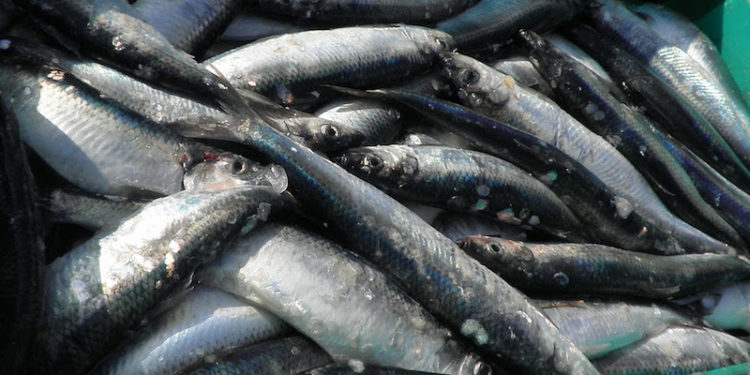After long hours of discussion in Luxembourg, EU Fisheries Ministers reached an agreement on fishing opportunities for 2018 for the ten stocks in the Baltic Sea. The total allowable catches (TACs) were unanimously agreed in the framework of the Common Fisheries Policy (CFP) which aims to have all stocks fished at sustainable levels by 2020.
The ministers’ decision will allow seven out of eight stocks for which complete scientific advice was available to be fished at maximum sustainable yield (MSY) levels, representing 98% of fish landings in volume. However, in view of the huge progress in the sustainable management of the Baltic Sea, the industry expected better quota allocations for 2019.
‘Overall, the general situation of fish stocks in the Baltic has improved in recent years through responsible management, to the point that as estimated by science, it will become the most sustainably fished sea in Europe with almost all the catches coming from stocks fished at MSY levels’ said Peter Breckling of German fishing industry federation Deutscher Fischerei Verband.
For key pelagic stocks, despite last year’s TAC increase, central herring sees now a sharp decrease of -26%. Western and Bothnian herring stocks undergo a cut of -48% and -3% respectively. Despite the Commission’s proposal to increase the TAC for the main basin salmon by +15%, the Council decided to roll-over the TAC and decrease the future catch of salmon in the Gulf of Finland by -3%. Sprat remains the largest fish stock in the area thanks to the +3% increase.
‘2019 will be a difficult year for many fishing companies since the western herring catches have been sharply reduced for the second year in a row,’ Peter Breckling said.
‘This is quite unfortunate since the stock has stably grown over the last few years and yet the scientific body ICES decided to revise last year the indicators of what they consider sustainable levels of fish populations (which was increased from 110,000 tonnes to 150,000 tonnes). Therefore, what once was fairly considered a healthy stock now is considered in bad shape, leading to a hefty reduction of the TAC. We hope that ICES will soon correct the new and unrealistic benchmark biomass values.’
Concerning demersal species, the good state of the plaice stock allowed for a +43% increase. The agreement also provides a significant TAC increase of +70% for western cod, contrasting with a eastern cod reduction of -8%.
In addition to the adoption of TACs in the Baltic Sea, the Council of Ministers also fixed the catch limits for Norway pout and anchovy. In addition, it was decided to prolong for next year the currently applied bag limit in the recreational fisheries for Western cod originally imposed as a consequence of the low stock level, which does not exist anymore.
Europêche argues that even though the bag limit was increased from five to seven, this is insufficient if compared to the sheer increase of the commercial TAC, and also disregards the Baltic Advisory Council advice to completely delete this restriction for anglers in 2019. On a different note, Europêche takes positive view of the decision not to maintain the closure period for western cod in 2019.
‘We regret the lack of ambition of the Council concerning the increase of the TAC for Western cod which has not been set as high as rightfully expected,’ Peter Breckling commented.
‘According to scientific data, the stock will reach in 2019 the highest biomass levels ever recorded and therefore the TAC could have been doubled for next year, all while respecting scientific advice and management plans.’









